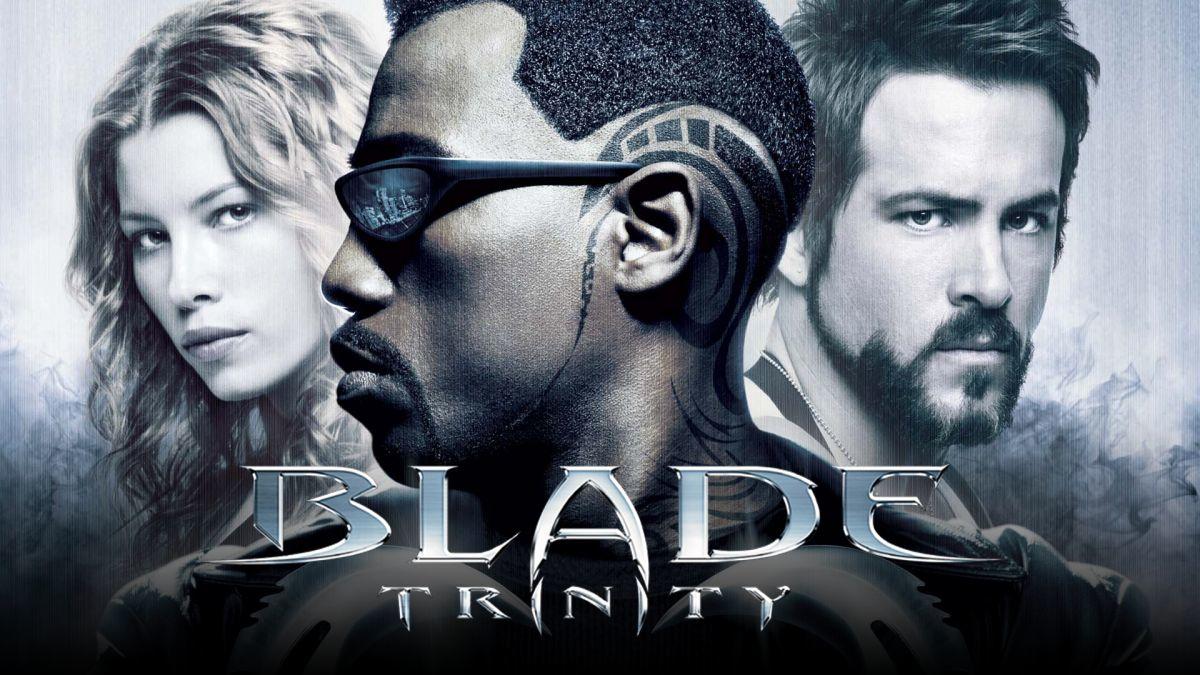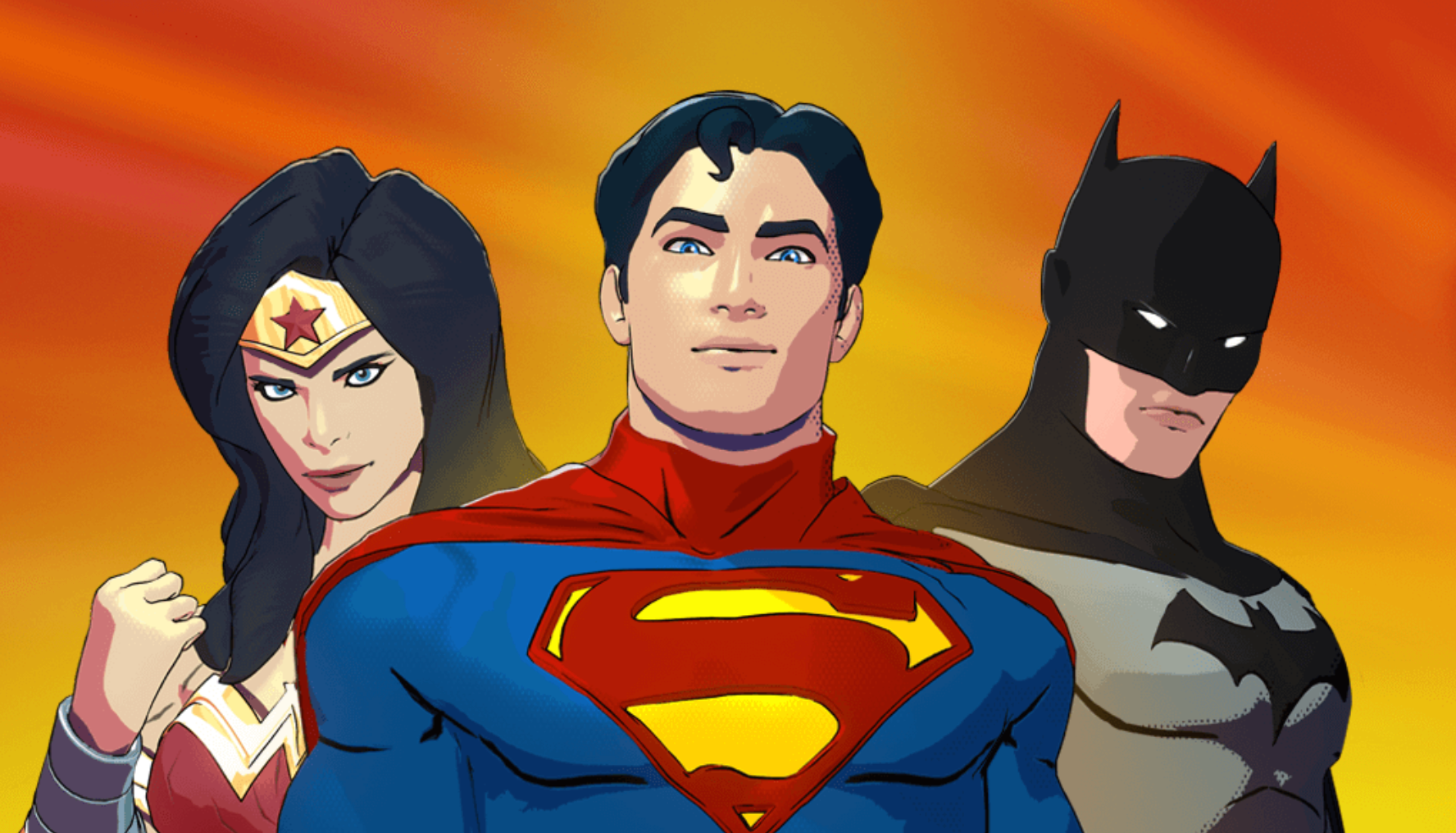The CW's Superhero Universe Is Ending But It's Impact Can't Be Overstated
It started with a boy from Kansas by way of Krypton and in a bit of poetic symmetry that is how it will end. On Monday, The CW announced the fates of their last remaining DC inspired television series, Superman & Lois and Gotham Knights with the latter being cancelled after just one season while the former will return at least one more time for an abbreviated Season 4, one that is reported to come with some major changes and budget cuts. It's a development that, in a real sense, marks the end of an era, specifically of the network superhero television series, that got its modern start on The CW's predecessor The WB in 2001 with Smallville and found major success a dozen years later with the arrival of Arrow before giving way to the rise of the Arrowverse. For comics fans, it's been two decades of television that not only brought beloved characters and stories to screen unlike anything seen before, but it also influenced an entire generation of viewers in a way that the higher profile Marvel Cinematic Universe hasn't and as its time comes to an end, it will be sad to see it go.
Debuting on The WB in 2001, Smallville was by no means the first live-action Superman-related television series — that distinction belongs to Adventures of Superman which ran in syndication for six years beginning in 1952. But while it wasn't the first, it was in many ways the first of its kind. The series centered around a teenage Clark Kent (Tom Welling) before he became Superman, telling a coming-of-age story that ultimately explored not only his teen years, but his early adult years as well, seeing the character through many of his formative friendships and relationships — including that of eventual nemesis Lex Luthor — before going on to his career at the Daily Planet. Given its scope, the series was also able to introduce numerous other DC heroes and villains, creating an expansive world that was not only familiar to comic book fans, but welcoming for those unfamiliar with the source material. The result was a show that was wildly popular, spawning a series of YA novels, a DC comic, plenty of merchandise, and even garnered the series some critical acclaim and awards as well. The series ended its run after 10 seasons in 2011 on The CW (which was born after The WB and UPN merged in 2006).
The Dawn of the Arrowverse
Smallville was certainly one of a kind, but it also was proof that there was an audience for superhero stories on the small screen and thus, opened the door for the next series, one that has come to redefine superhero television. During the sixth season of Smallville, there was talk of a Green Arrow spinoff series, and while it never happened, just a few months after Smallville's conclusion, a new series did begin to form: Arrow. Completely separate from Smallville and taking a more realistic approach to the heroes and villains of the DC universe (at least initially) Arrow debuted on October 10, 2012. The series starred Stephen Amell as Oliver Queen and told the character's story across two timelines — the present and the past after he was presumed dead in a shipwreck — as he becomes a vigilante initially hunting down those in his father's notebook and, eventually, becoming his city's protector.
To say that Arrow was a success out of the gate would be a little bit of an understatement. The series first season was The CW's highest rated series in five years, received strong critical praise throughout most of its run, but the real sign of the show's success is what was built around it. Season 2 saw the introduction of Barry Allen as well as a backdoor pilot for The Flash, which would make its series debut in 2014. Supergirl followed in 2015, then DC's Legends of Tomorrow in 2016 with the shows collectively being referred to as the Arrowverse as they were all part of the same, shared universe. That meant fans got interconnected stories through the fan favorite Arrowverse crossover events, and even got the occasional guest appearances of characters across different shows. The Arrowverse proper grew a little larger in 2019 when Batwoman joined the fold and then again when in 2019 and early 2020 the ambitious "Crisis on Infinite Earths" Arrowverse crossover completely reshaped the Arrowverse as fans had come to know by adapting the iconic DC comics story, brought Arrow as a series to a close, and drew into the Arrowverse fold Black Lightning, which had debuted as an independent DC series on The CW in 2018, as well as made loose ties to Superman & Lois. The network even added shows not related to the Arrowverse at all — DC's Stargirl in 2020, Naomi in 2022 and Gotham Knights in 2023.
A Generation of Fans, Literally
Because of Smallville, the Arrowverse, and the other shows on The CW, there has been at least an hour of superhero television in viewers homes nearly every single week for more than 20 years. That's 1033 episodes (as of this article's writing) of television over a generation. And "generation" is not an exaggeration. A glance at social media when it was announced that The Flash was coming to an end with Season 9 and thus, functionally ending the Arrowverse, revealed many fans reflecting on not just the series, but the franchise as a whole and noting how they'd "grown up" with the various series and their heroes. On a personal note, the end of The Flash also made me reflect on the longevity of network superhero television; I became a parent while covering The Flash professionally. My son turns seven this year and cites the Scarlet Speedster as his favorite hero because of the series. He's grown up with Barry Allen saving Central City every week.
It's not impossible to think that there is an entire generation of creators coming up who have been deeply influenced by The CW's superheroes because of the sheer volume of content over the years, but taking it a step further, The CW also offered something that even the wildly popular Marvel Cinematic Universe (which also saw a rise in popularity during the same general time period) simply did not and does not have: access. Because The CW is network television, it's free over the air. Anyone with a television can sit down each week – and for a while, multiple evenings a week – and watch as superheroes take on both issues of injustice as well as personal challenges as well. There is no price of admission, no subscription you must pay for. This access arguably means that the small screen heroes have a wider reach and that's going to have a lasting impact.
A Legacy of Hope
It also means that the coming end of network superhero television takes a little something away from the culture. The "open to all" nature of The CW's programming invited everyone in and once seated, gave them a range of representation: the first openly lesbian live-action superhero on primetime television, the first openly transgender superhero in live action television, a series centered around Black superheroes, and more. It wasn't perfect by any stretch and there was certainly room for improvement and even better and more inclusivity, but the Arrowverse and the other shows better reflected the world of their audience, a world in which different types of people live and love and work and try every day to be their own heroes. It offered a sense of hope.
And maybe that's why it's so fitting that it all ends with a boy from Kansas by way of Krypton. The "S" on Superman's chest has always stood for hope and even with this era of superhero television seemingly coming to an end, The CW's series – from Smallville to Arrow and beyond – have given hope and inspiration to an entire generation and it's that hope that will carry us through at least one more season of Superman & Lois and to everything that comes next.




